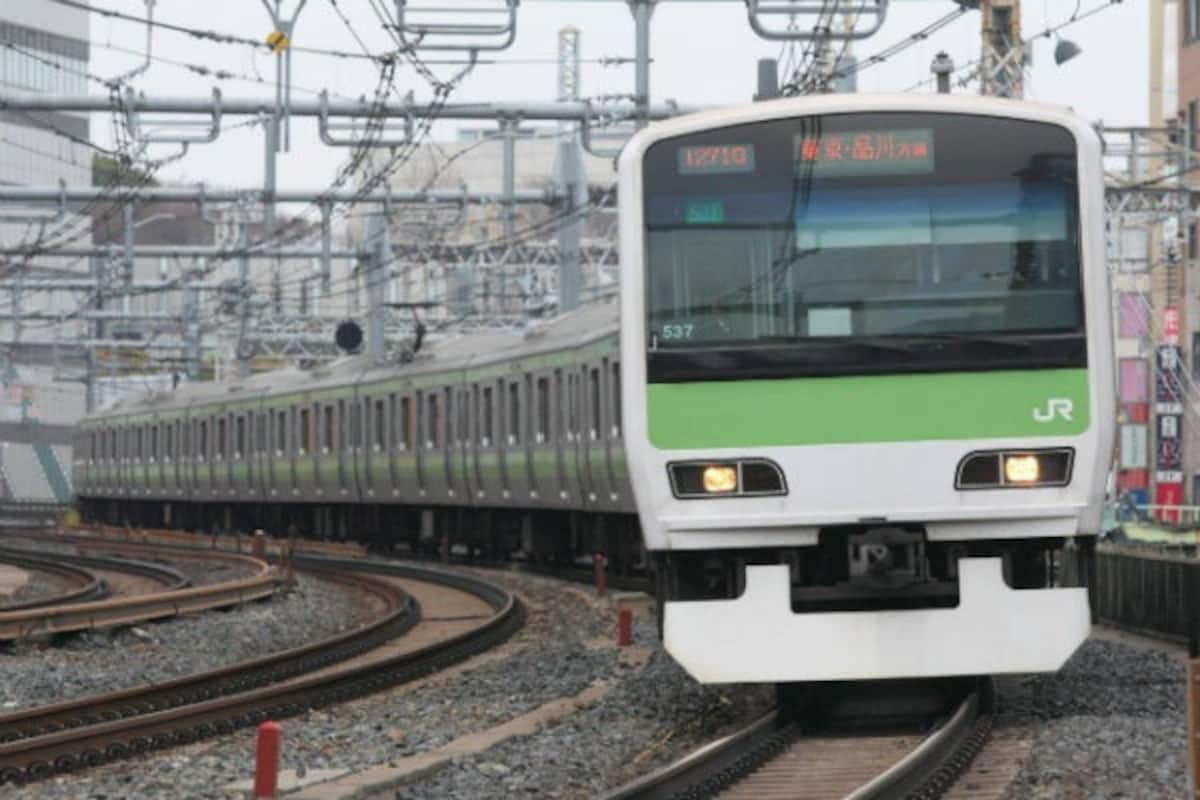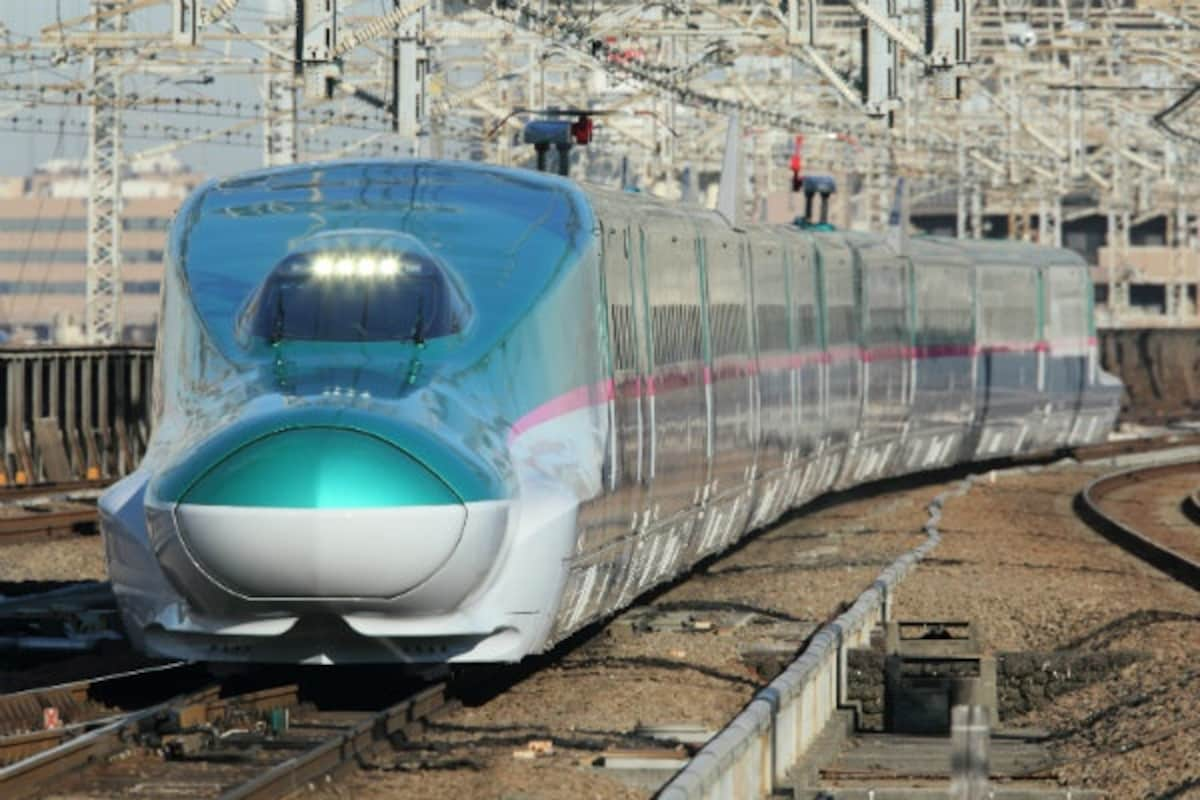How Japan's Trains Stay on Time
One of the first things that astonish visitors to Japan is the precision with which its trains run. Safe, on-time rail travel, characteristics that are considered commonplace here, are hailed around the world as the highest standard of service and technology.
By Highlighting Japanhttp://www.gov-online.go.jp/eng/publicity/book/hlj/html/201412/201412_08_en.html
Highlighting Japan sat down with Hideki Hashimoto at the transport division of East Japan Railway Company’s (JR East) transport and rolling stock department to discover how it all happens.
“JR East runs a total of 12,773 trains on its 69 lines, both commuter rail and bullet train lines combined, with 17.1 million passengers using its services every day,” Hashimoto says. “Operating that many trains requires a strict timetable. During the morning rush hour, Chuo Line trains run through the center of Tokyo at two-minute intervals, and the Yamanote Line—which encircles the center of the city—runs at intervals of two minutes and twenty seconds. By maintaining a carefully calculated schedule, we achieve safe trips while pursuing further improvements in convenience. Bullet trains from Tokyo to Omiya run in four-minute intervals during rush hour, for example, with a maximum of 400 trains daily.”

http://www.gov-online.go.jp/eng/publicity/book/hlj/html/201412/201412_08_en.html
In 1972, when Japanese National Railways still operated the national railway network, programmed route control was implemented to synchronize rail schedules. Since then, rail traffic has been continuously improving with new technology. Now, with the newest technology such as the Autonomous decentralized Transport Operation control System (ATOS) and Computerized Safety, Maintenance and Operation Systems of Shinkansen (COSMOS), it is possible to ensure the punctual arrival of a vast number of trains.
According to Hashimoto, the notion of on-time transit was already deep-rooted in Japan even before the advent of such systems. “The long-held Japanese sense of everyone working together to get things done on time eventually spread to the railways, so I think our baseline standard is probably more demanding than other countries,” he says. “Although we have highly advanced technology to achieve this today, people originally relied on manually maintaining these systems and using phones, and even then being on time was considered the norm.”
Advanced systems are used to support a range of processes for bullet trains as well. Even considering major delays such as those experienced after natural disasters, the average yearly delay per train is astonishing: under one minute. Arrival and departure times at each station are measured in seconds, with train drivers responsible for setting these times. Training those who work on the rails and conducting thorough inspections is also essential to providing such an exceptional standard of service.
“Although the areas once maintained by hand are now administered by modern systems, there are still people behind these systems,” Hashimoto notes. “Conductors and train drivers check and synchronize the time to run our train management systems, and our personnel give orders for which trains to turn back and which lines to activate in the event of a schedule delay. For instance, bullet trains travel to Tokyo and wait for 12 minutes at Tokyo Station before they turn around. Two minutes is allocated for passengers to disembark, seven minutes for cleaning the interior and rotating the seats in the opposite direction, and three minutes for embarking. Everyone works together to keep this schedule and get the train back on the return route on time.”




